Picture this: you’re chilling in your backyard, sipping a cold one, when a tiny drone you built with your own hands zips overhead at full speed. Sounds like a dream, right? Well, wake up, because the pyDrone from 01Studio makes it real. This $31 ESP32-S3 quadcopter, programmable with MicroPython, is the DIY drone project you didn’t know you needed. Thanks to a hot tip from CNX Software, I’m stoked to share why this little beast is perfect for DroneXL readers—especially you DJI lovers that want to get your hands dirty.
Ready to build a drone that’s as fun as a Sunday morning flight? Let’s dive in!
Why the pyDrone Is a Game-Changer for DIY Drone Fans
The pyDrone isn’t just another cheap AliExpress quadcopter. It’s built on the ESP32-S3-WROOM-1 module, a beefy little chip with 8MB flash and 2MB RAM, running MicroPython instead of standard drone firmware. We are talking here about a real total access to the drone brain.
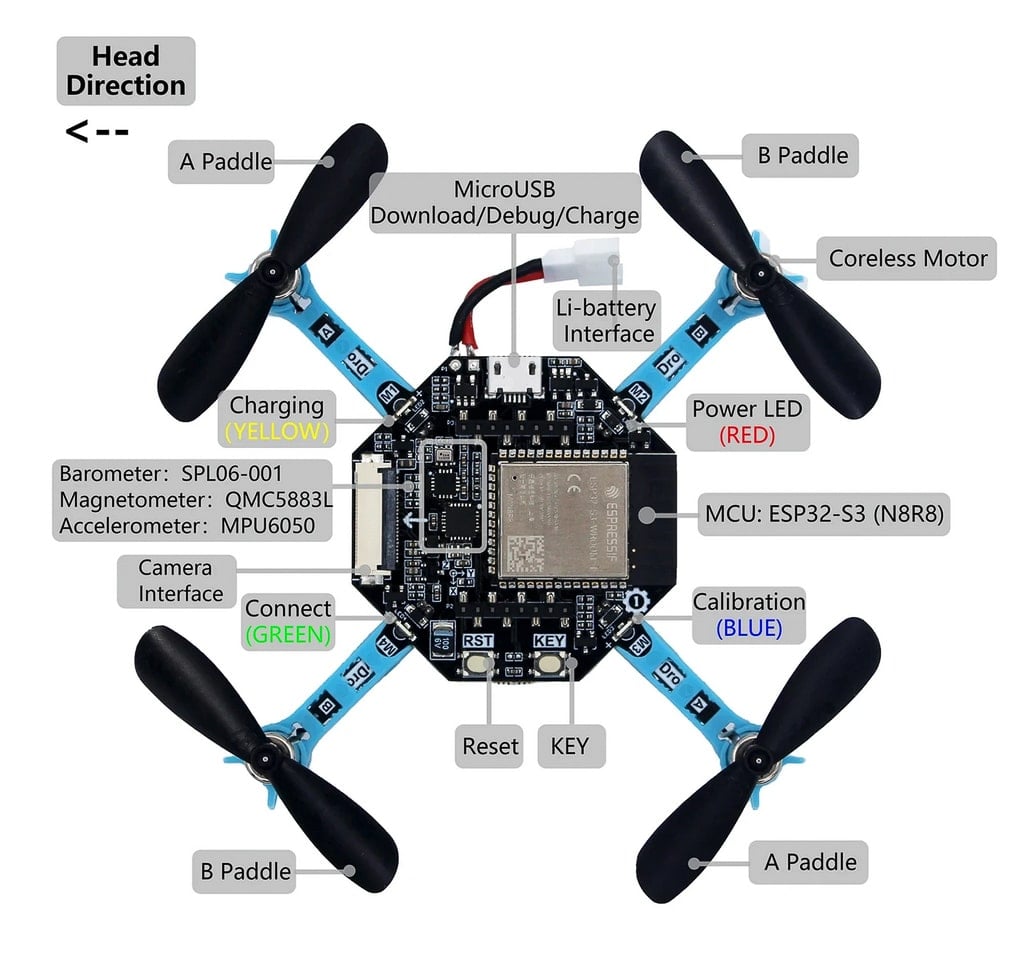
That means you can code it to do whatever you want—think DJI Mavic control, but you’re the one writing the script. For $31, you get a kit with four 716 hollow cup motors, a 400mAh battery, and a 4-axis gyroscope for smooth flights.
Want to add a camera? It’s got a connector for an OV2640 module, perfect for snapping aerial shots of your next weekend trip. Control it via WiFi or Bluetooth with the pyController (bundle costs $54), and you’re flying like a pro. It’s like building a drone that could star in your next DIY project! This is the kind of project that makes you feel like a kid again, tinkering in the garage.
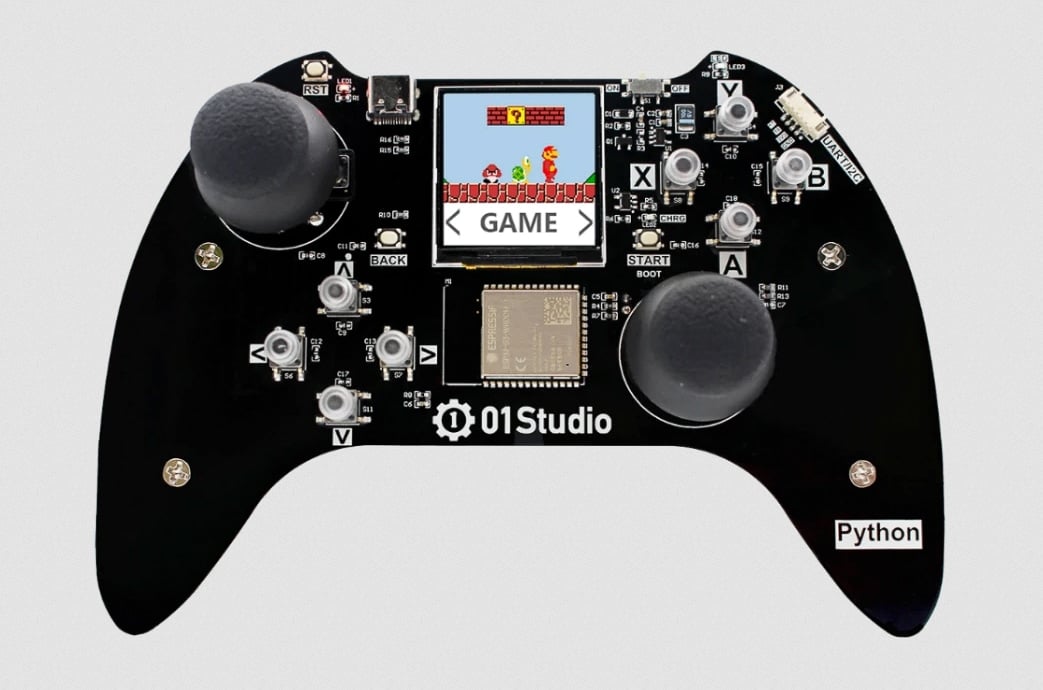
How to Build and Fly Your pyDrone
Building the pyDrone is easier than assembling an IKEA shelf. The kit comes in loose parts—no soldering required, so even if your toolbox is just a hammer and duct tape, you’re good.
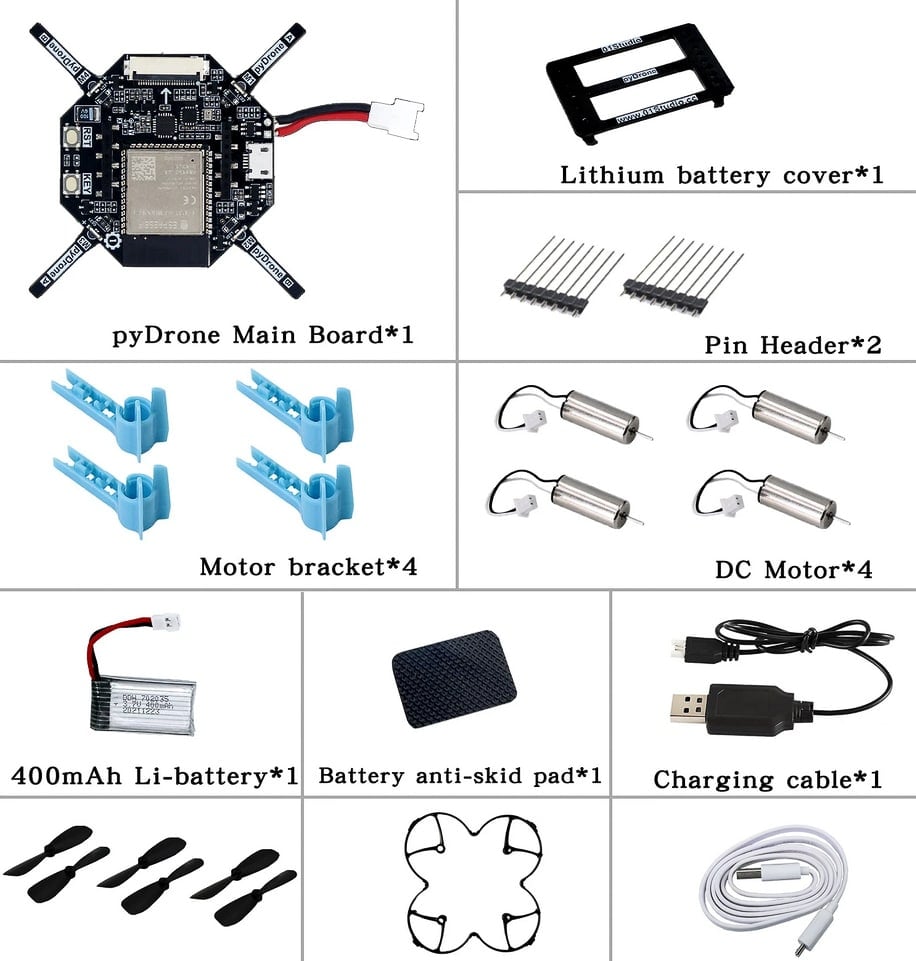
You’ll piece together a lightweight 42g frame (130x130mm), pop in the motors, propellers, and battery, and connect the ESP32-S3 module. A 4-axis gyroscope keeps it stable, so it won’t crash into your neighbor’s chiva party. The real fun? Programming it with MicroPython. With simple code, you can make it take off, land, hover, or even autorotate like a pro. Check out 01Studio’s tutorials for step-by-step guidance (though the English version needs some love—volunteers, anyone?). I’d code mine to buzz over my kids playing in the living room. It’s perfect for indoor flying, so you can test it without scaring your dog.
What This Means for Drone Enthusiasts
The pyDrone isn’t just a toy—it’s a gateway to drone nerd heaven. For you DJI fans, think of it as a Dji Tello or Neo you get to geek out over, tweaking every move with code. It’s a STEAM education dream, perfect for teaching your grandkids (or yourself) how to code while building something that flies.
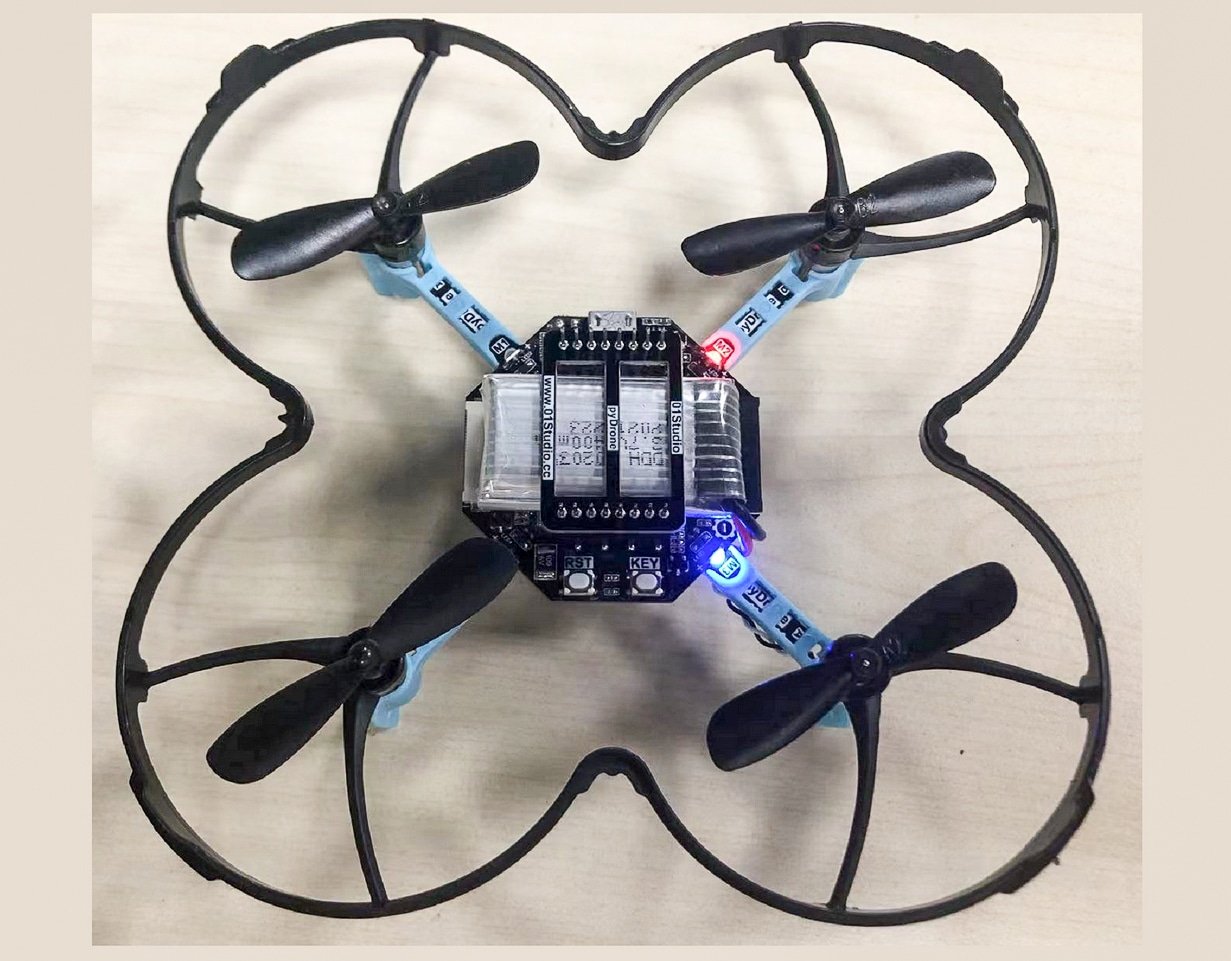
The open-source MicroPython firmware means endless tweaks, from adding sensors to creating autonomous flight paths. Sure, it’s not as polished as a DJI, but that’s the point: you’re the one making it awesome.
Right now I’m pumped to see drones like this democratizing tech and inspiring folks to create. This is why I love drones—they’re not just toys, they’re tools for good!
The pyDrone is your ticket to the DIY drone world—cheap, customizable, and a blast to build. For $31 (or $54 with the controller), you’re not just buying a drone; you’re joining a community of tinkerers who love making cool stuff fly.
Grab a kit, code it to do your bidding, and take it for a spin. Built your own pyDrone? Drop a link to your video in the comment section, because we’d love to see it soar! From a fellow pilot: let’s keep the skies buzzing!
Images courtesy of CNX Software
Discover more from DroneXL.co
Subscribe to get the latest posts sent to your email.


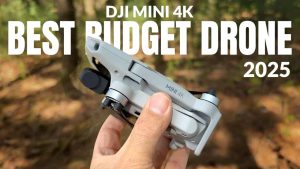

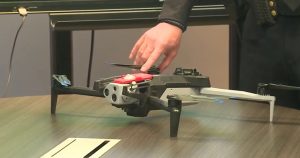
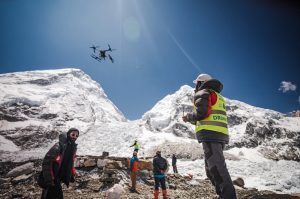
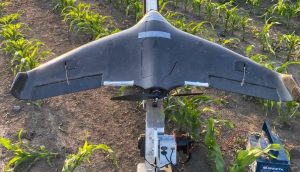
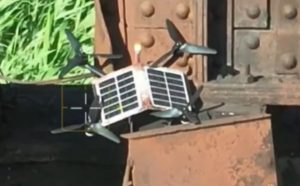
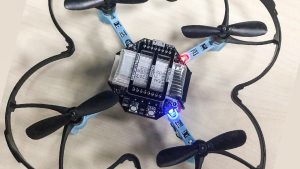
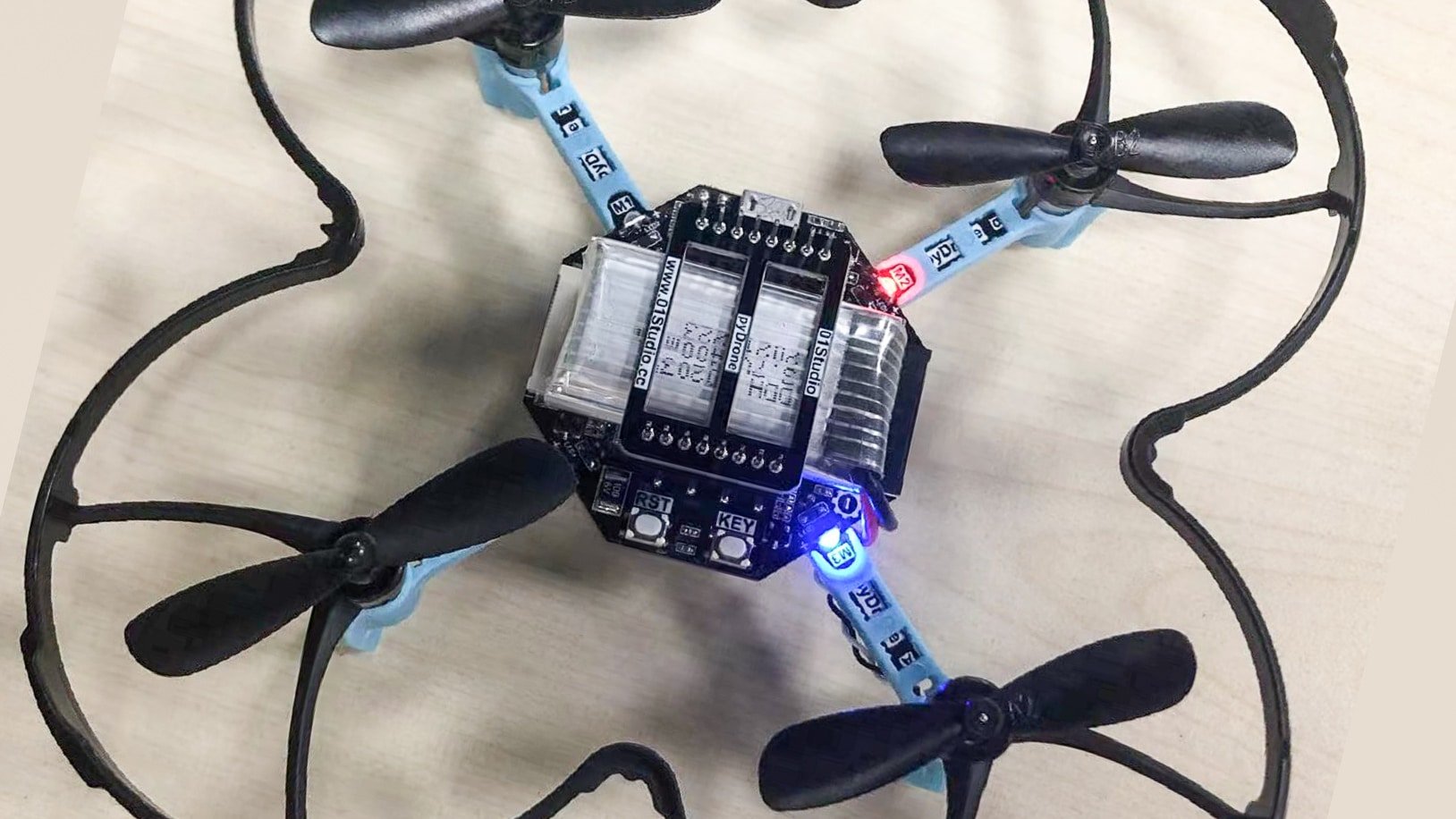


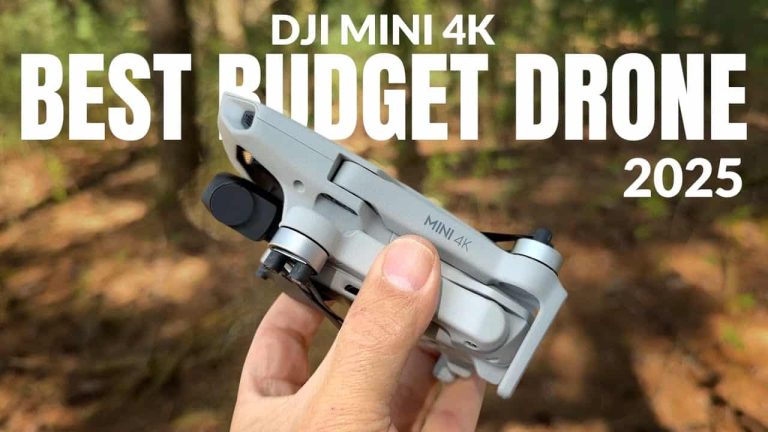


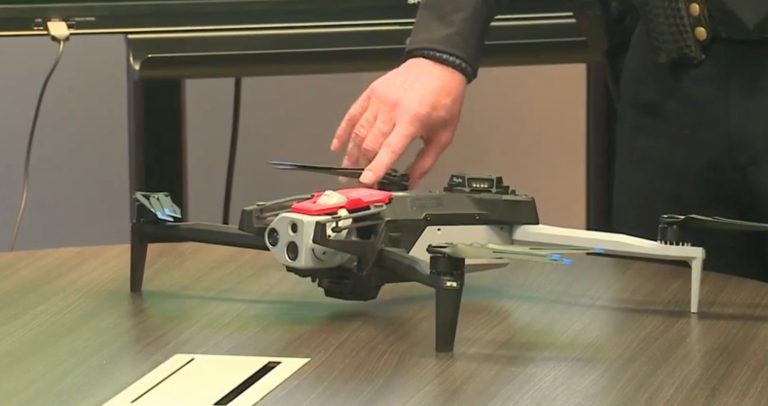

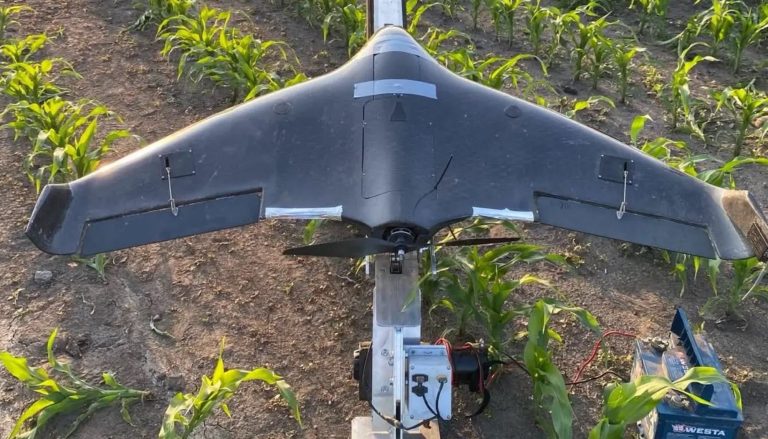
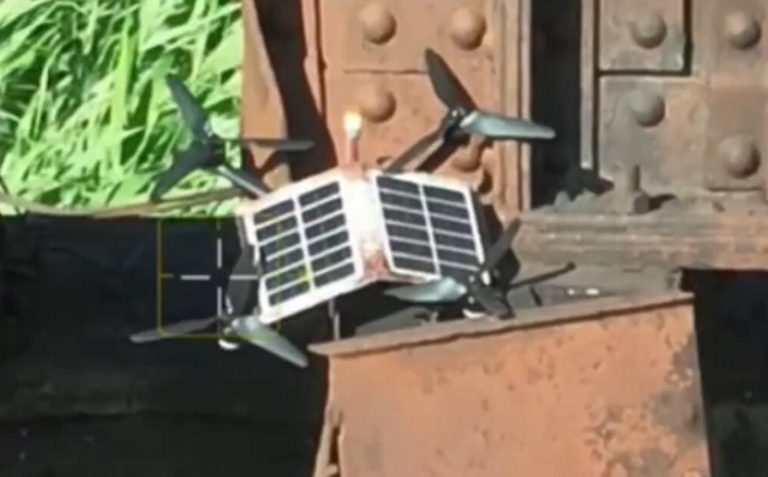
+ There are no comments
Add yours